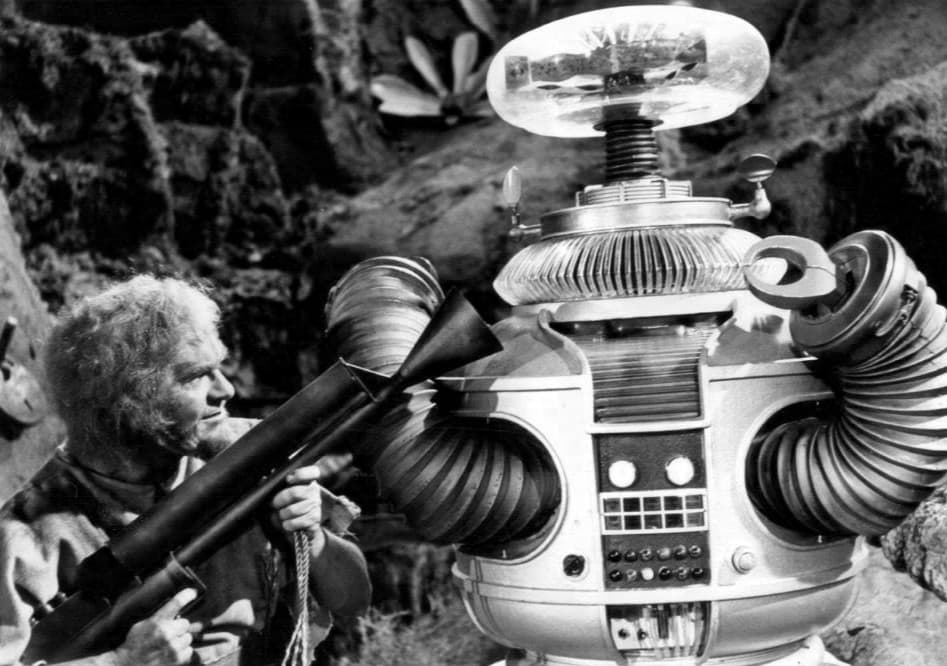First Robot Leg With ‘Artificial Muscles’ Can Jump, Researchers Say
The technology could eventually lead to the creation of humanoid robots designed to assist with household tasks.

Scientists have achieved a breakthrough in robotics by designing the first robotic leg equipped with “artificial muscles,” allowing the machine to move more like a human than previously possible.
The innovation, which features oil-filled bags to enable fluid motion, was detailed in a study published Monday in the journal Nature Communications, Agence France-Presse reported.
In a video accompanying the study, the small, disembodied leg was shown hopping over various surfaces, including grass, sand, and rocks. The researchers believe the technology could eventually lead to the creation of humanoid robots designed to assist with household tasks.
A study co-author, Robert Katzschmann of ETH Zurich in Switzerland, told AFP that traditional humanoid robots, built with motors and rigid metal joints, are both costly and potentially hazardous in domestic settings.
“If one was to fall on you, it is going to be quite painful,” Mr. Katzschmann said, noting the need for future robot helpers to not only carry heavy objects but also to perform more delicate tasks.
Inspired by the 600 muscles in the human body, the researchers aimed to create a robotic leg that could walk and jump with greater agility. They utilized “artificial muscles,” or electrohydraulic actuators, which function similarly to animal muscles.
The soft actuators resemble freezer bags filled with oil and have electrodes attached. The liquid’s contraction and expansion allow the technology to mimic human muscle movements more closely, AFP reported.
The electrostatic system also offers an energy-efficient advantage. When the robot knee is bent, akin to a squatting position, it consumes less electricity than conventional motors, according to the study.
The robotic leg demonstrated its ability to manage rough terrain more adeptly than its predecessors, even jumping nearly five inches, which amounts to 40 percent of its height.

